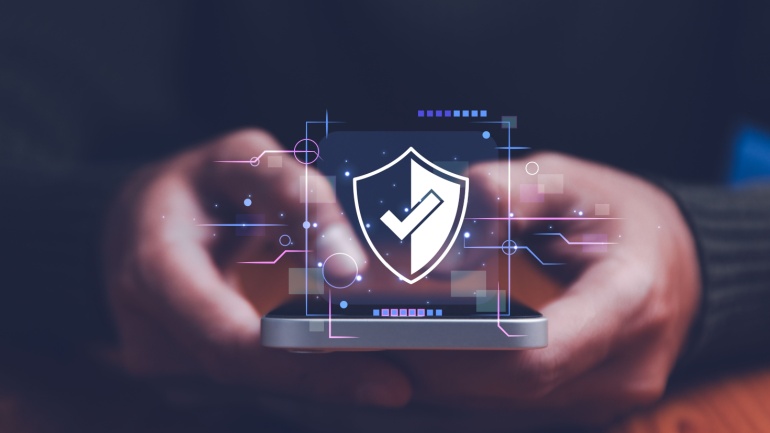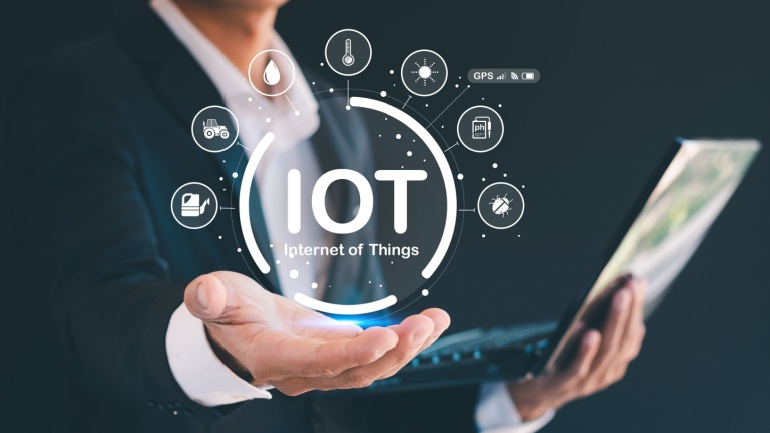What if the next big catastrophe isn’t alien invaders or an unstoppable virus? What if it’s the Internet of Things? We’ve all seen movies where technology takes over the world, and it’s not a pretty picture.
The use of Internet of Things (IoT) is growing like wildfire throughout the IT industry. With more and more gadgets being connected to the Internet every day, IoT equipment is becoming increasingly prevalent. These devices are getting more powerful and infiltrating all areas of our everyday livese, making it almost impossible to keep up with the ever-expanding use cases for IoT.
In this article, we delve into the dark side of IoT, exposing the dangers that might arise from straightforward hacks to a full-scale takeover of our digital lives. So join us as we investigate the risks associated with this rapidly developing technology.
The dangers of Internet of Things
Do you ever have a feeling where a faint voice in your head says, “don’t look behind you” while the eerie sense of someone breathing down your neck stops you in your tracks? Well, if you’re using any type of IoT device, that feeling may not be too far off the mark…
In recent years, the Internet of Things has come into vogue. IoT is a digital universe of smart devices, such as cars, refrigerators and even toasters, that connect to the cloud or other edge devices and work together seamlessly.
And while the idea of having a “smart” toaster may sound appealing, remember that with great power comes great responsibility, and there are some serious potential dangers that accompany the use of IoT-enabled devices.
IoT technology is incredibly vulnerable to security breaches and is often an easy target for hackers, as one unprotected device can make the entire network vulnerable. We’ve already seen instances of hackers taking control of connected devices such as webcams and even robot vacuum cleaners. It’s only a matter of time before someone with malicious intent finds a way to turn the IoT against us.
Moreover, malicious actors can harness the power of IoT devices to launch devastating cyberattacks, disrupting entire networks with precision. Remember the 2016 Mirai IoT botnet Distributed Denial of Service (DDoS) attack on Dyn, a major DNS provider? This attack broke records by unleashing a staggering one terabit per second of traffic. And it was only a taste of what’s yet to come.
With an estimated 30.9 billion IoT devices predicted to be in use worldwide by 2025, the threat of IoT botnets and their potential for destruction is only going to increase. It’s almost like IoT devices are the modern-day bogeyman – lurking in the shadows and waiting for an opportunity to cause trouble. It’s no wonder that so many people are wary of this technology.
Will Internet of Things take over the world?
So, is the IoT really a doomsday scenario waiting to be unleashed on the world? Not exactly. While the Internet of Things has its share of potential dangers, it is also a powerful tool with the ability to do good. And if we implement the correct security measures, we can decrease the risks, while maximizing the benefits.
And let’s not forget, the IoT is not a rogue AI network determined to wipe out the whole human race. It’s a collection of devices and systems controlled by people. And, as long as we stay in control, the Internet of Things will not be able to topple mankind.
Although IoT might not end up like the Terminator movie, that doesn’t mean we can let our guard down. As a relatively new technology, the entire scope of the IoT’s capabilities and possible repercussions is still being investigated. It is our responsibility to use IoT wisely and carefully so that we may continue to reap the advantages without putting ourselves in danger.
Tips to secure your IoT
To safeguard your IoT devices from hackers, it is essential to implement preventative measures. Consider the following recommendations to keep your IoT secure from malicious actors:
- Set strong and unique passwords for each IoT device.
- Use 2FA when connecting to your devices if possible.
- Update your IoT devices and network with the latest security patches.
- Protect your home network with a firewall.
- For remote access to your IoT devices, use a virtual private network (VPN).
- Turn off remote management and access for IoT devices that do not require these services.
- Only connect IoT devices that you trust.
- Use a separate network for your IoT devices.
- Encrypt your device communications for further security.
Conclusion
The IoT is a promising concept that has the potential to bring about significant advancements for humanity. However, the extensive network of interconnected devices also poses a risk for destructive attacks and abuse. While there is uncertainty about whether the IoT is a blessing or a curse, it is evident that it is a powerful tool that can be used for good or evil. Therefore, it is the responsibility of all of us to take proactive measures to safeguard IoT devices and networks against men in black hats.







